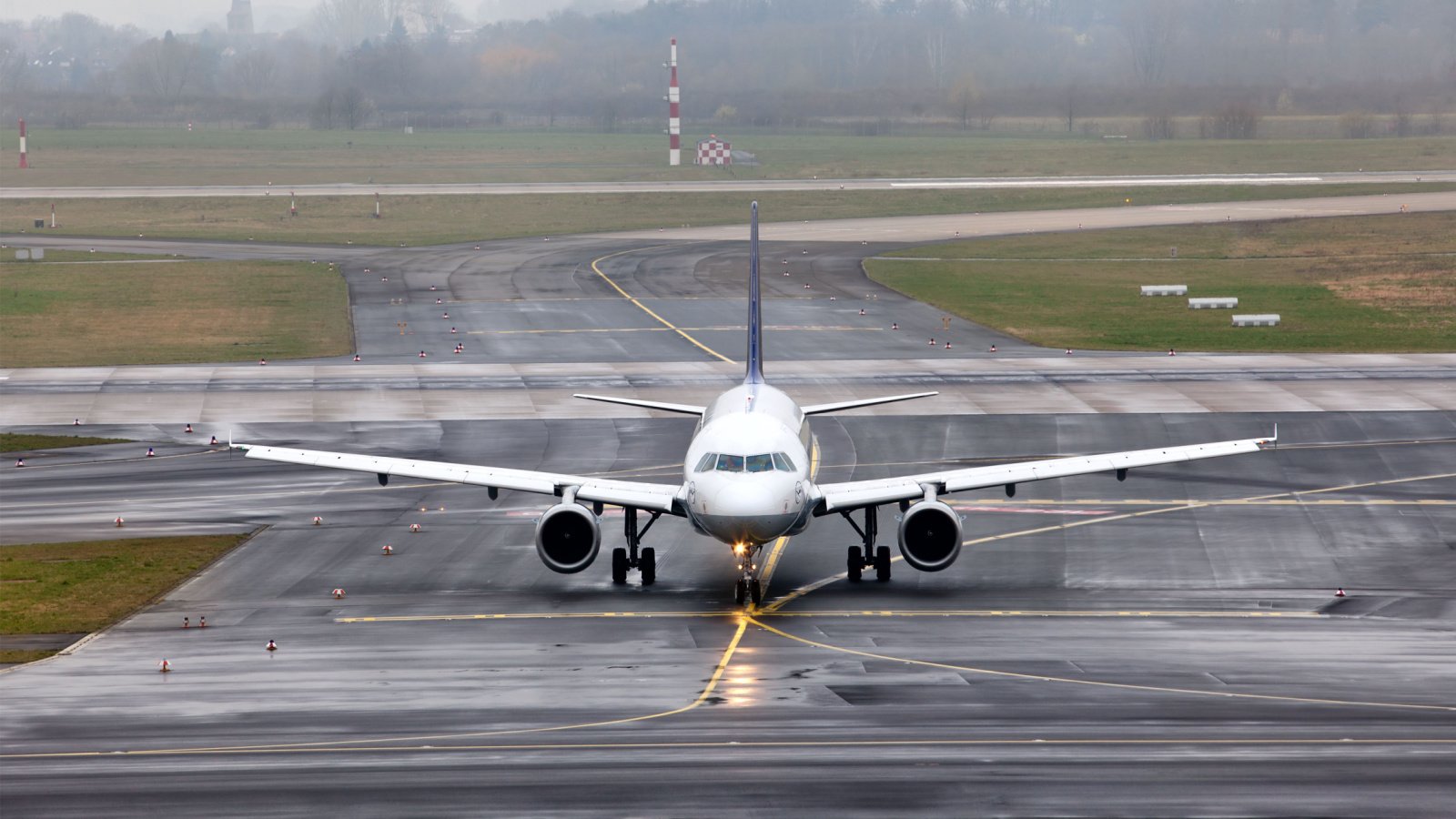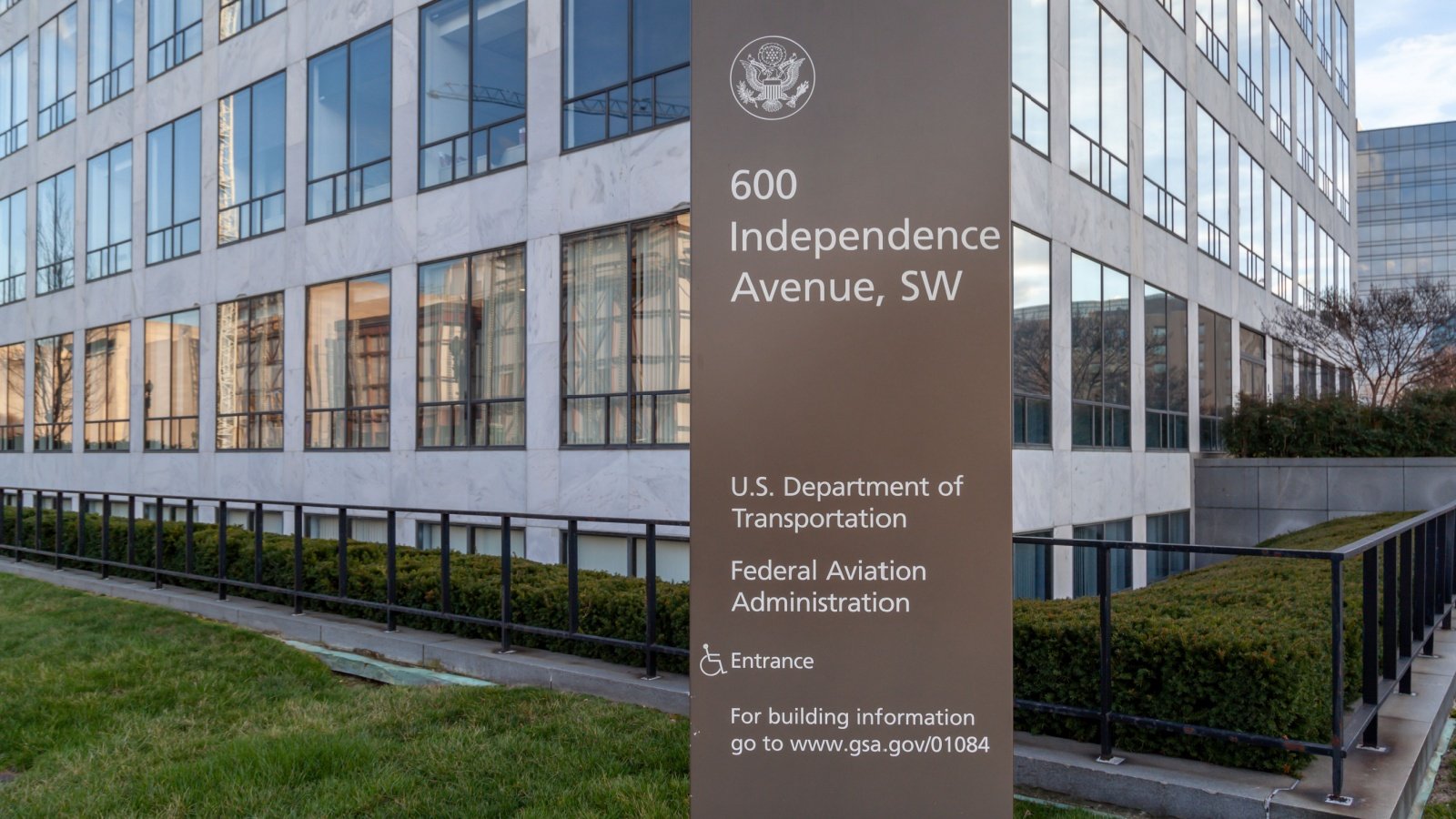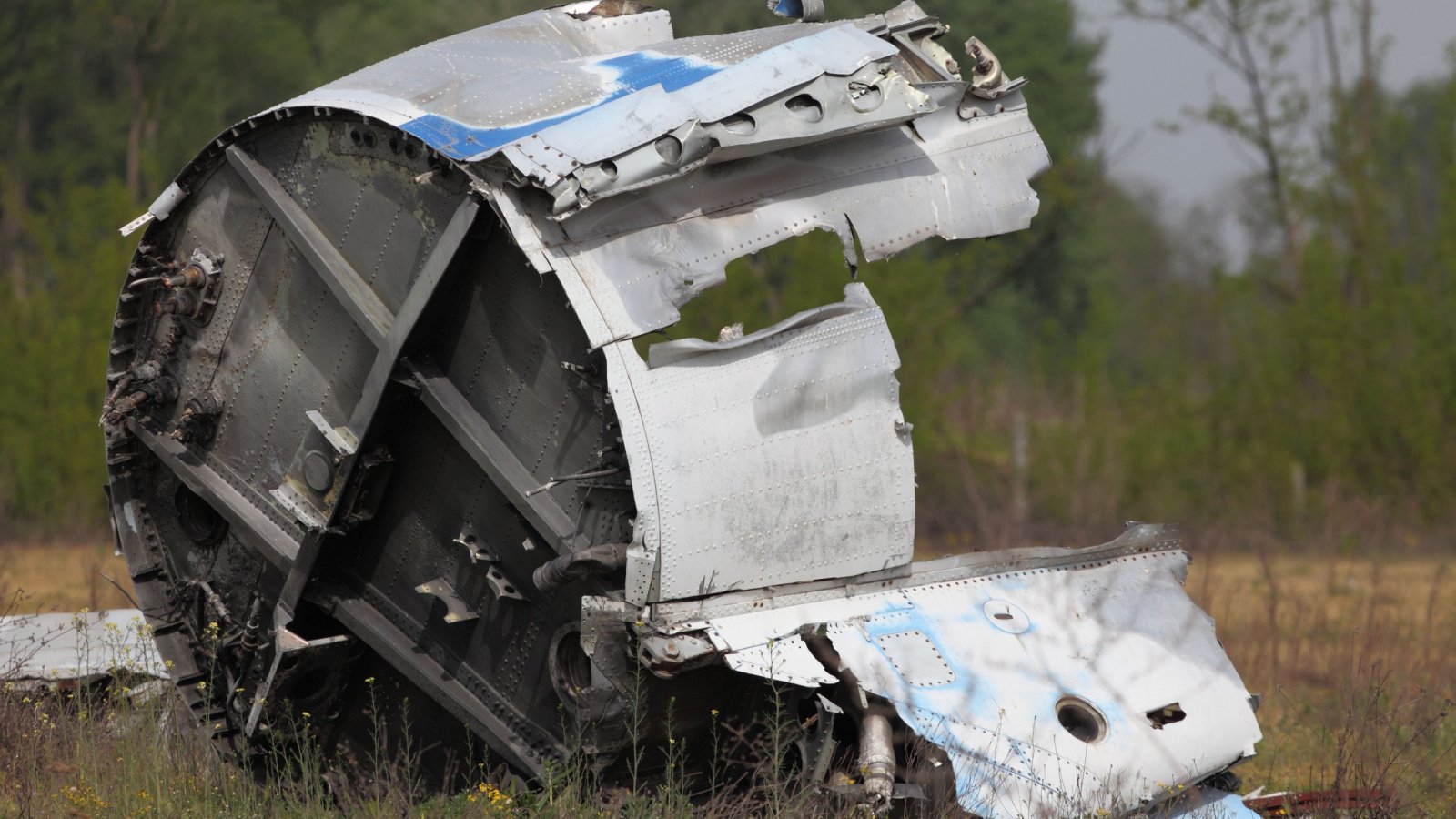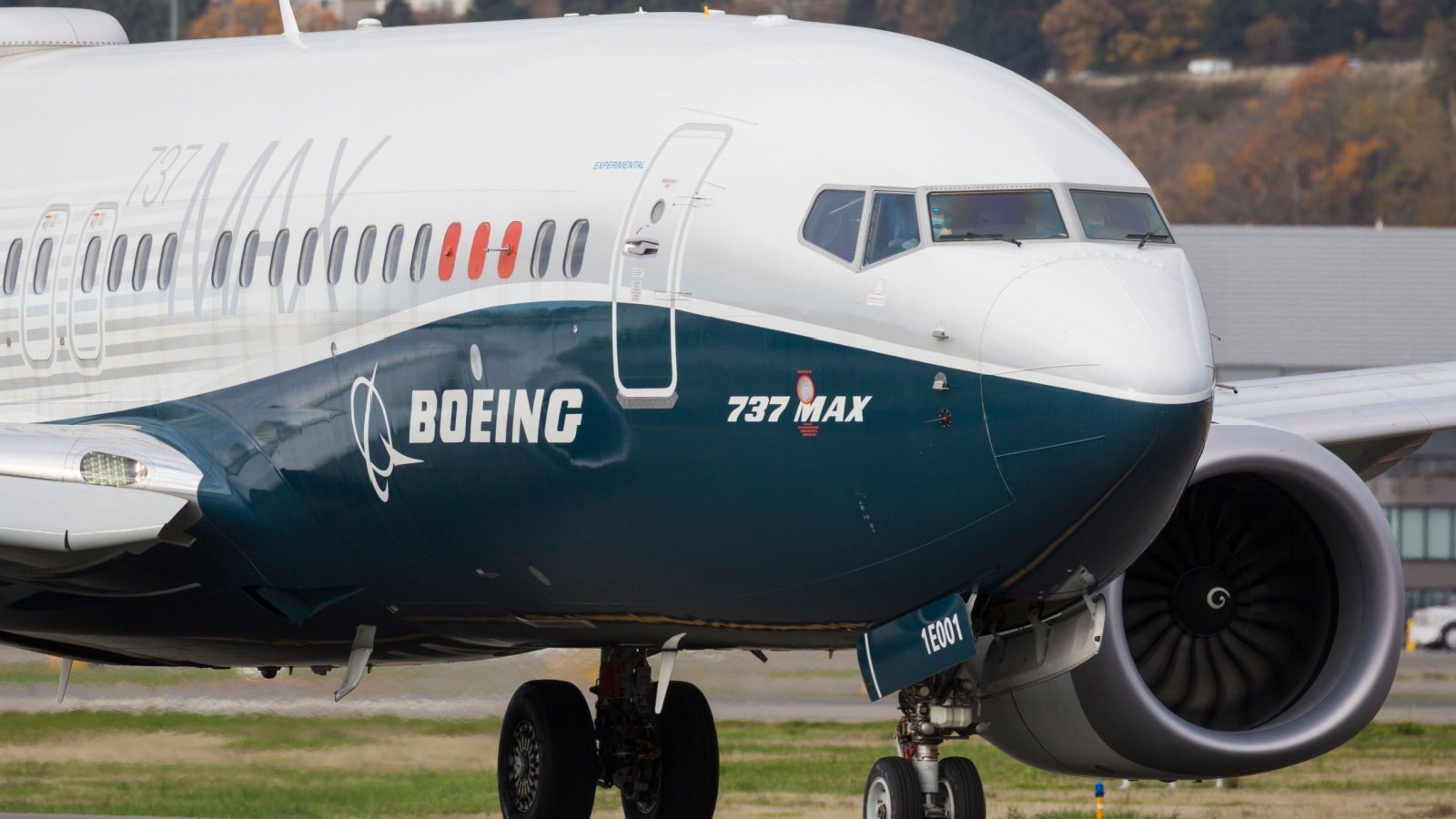Boeing has unveiled a sweeping change in its leadership structure, marking a significant pivot for the aerospace giant amidst ongoing safety challenges. This restructuring is underscored by the announcement that CEO David Calhoun will be stepping down, a move that reflects the intense pressures facing the company as it navigates through its current predicament.
CEO Retirement Announcement

David Calhoun has announced his plan to retire by the end of the year, a decision that comes amid mounting scrutiny over a recent safety incident involving a Boeing 737 Max jetliner. Calhoun’s tenure has been marred by safety concerns, prompting him to opt for retirement to ensure a seamless leadership transition.
Changes in Commercial Airplanes Division

In a rapid response to its internal challenges, Boeing has also confirmed the departure of Stan Deal, head of the commercial airplanes unit. Stephanie Pope, a rapidly ascending figure within the company who just assumed the role of Chief Operating Officer, is set to take over, indicating a strategic shift in leadership to steer the division toward stability.
Board Chairman Will Not Seek Re-election

Adding to the series of high-profile exits, Lawrence Kellner, the company’s board chairman and a former executive at Continental Airlines, will not seek re-election. His departure sets the stage for a new leadership search, spearheaded by a former Qualcomm CEO, aimed at finding a suitable replacement for Calhoun.
Intensified Regulatory Scrutiny

Boeing’s leadership changes follow closely on the heels of a significant safety incident earlier this year, where a panel detached from an Alaska Airlines Max jet mid-flight. This incident has magnified the regulatory and legislative oversight on Boeing, especially given the company’s troubled history with the 737 Max crashes in 2018 and 2019.
FAA’s Critical Review

The Federal Aviation Administration (FAA) has conducted a thorough review of Boeing’s 737 manufacturing facility, identifying numerous areas of concern. This has led to restricted production of the 737 models and placed Boeing under a tight deadline to present a comprehensive plan for quality and safety improvements.
Manufacturing and Safety Challenges

The incident involving the missing panel has reignited concerns about Boeing’s manufacturing processes, prompting a federal investigation. This scrutiny comes at a time when Boeing’s relationship with its airline partners is already strained due to production delays and quality issues.
Calhoun’s Vision for Recovery

Despite these challenges, Calhoun remains optimistic about Boeing’s future, describing the recent safety incident as a pivotal moment for the company. He has emphasized a culture of total commitment to safety and quality, reflecting on the lessons learned as the company seeks to rebuild its reputation.
Strategic Discussions with Spirit AeroSystems

One of Boeing’s significant steps towards improving quality control is its ongoing dialogue with Spirit AeroSystems. This discussion aims at potentially bringing back in-house the manufacturing of critical aircraft components, a move that could give Boeing greater oversight over its production quality.
Calhoun’s Legacy and Challenges

Having served as CEO since 2020, Calhoun has faced the monumental task of steering Boeing through the aftermath of the 737 Max crashes and addressing the subsequent manufacturing flaws. These issues have significantly impacted Boeing’s financial performance and market position.
Financial Strain and Stock Performance

Under Calhoun’s leadership, Boeing has encountered over $23 billion in losses, with its stock price experiencing a significant downturn. These financial challenges are a testament to the enduring impact of the safety crises and manufacturing issues that have plagued the company.
Leadership Changes Welcomed

The announced leadership changes have been met with cautious optimism, seen as essential steps towards addressing Boeing’s deep-rooted problems. Analysts and stakeholders alike view these moves as pivotal to changing the company’s culture and reemphasizing safety and quality.
Analysts’ Perspective

Experts in the aerospace industry see the management shake-up as a critical juncture for Boeing, potentially setting the company on a path to recovery. The emphasis now is on selecting a successor who can lead Boeing through its complex challenges and restore faith in its manufacturing and safety standards.
Looking Forward

As Boeing embarks on this new chapter, the focus remains on overcoming its current challenges and rebuilding trust with its customers, regulators, and the public. The steps taken to revamp its leadership and address safety concerns are crucial in paving the way for a more stable and reliable future for the aircraft manufacturer.







